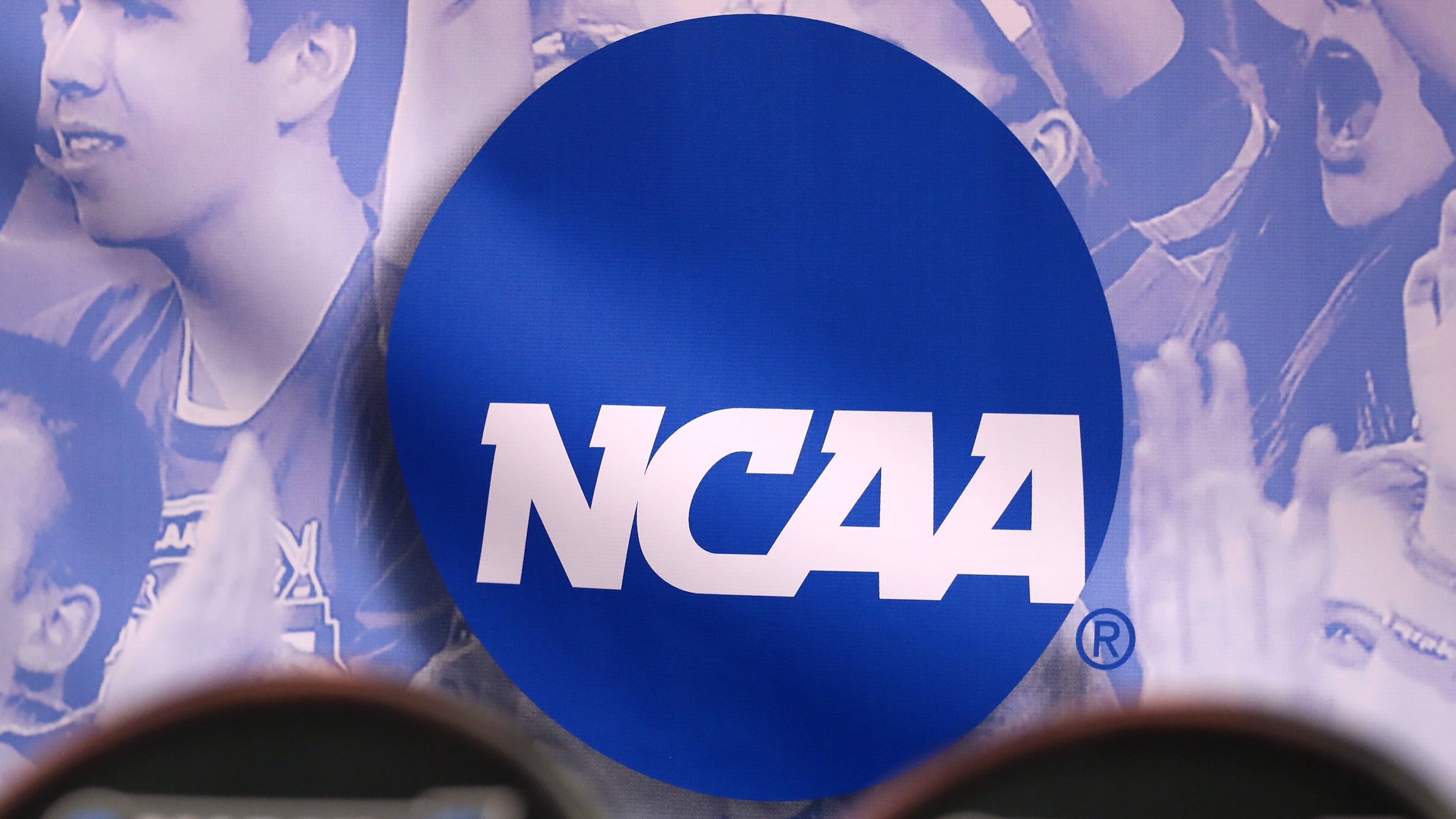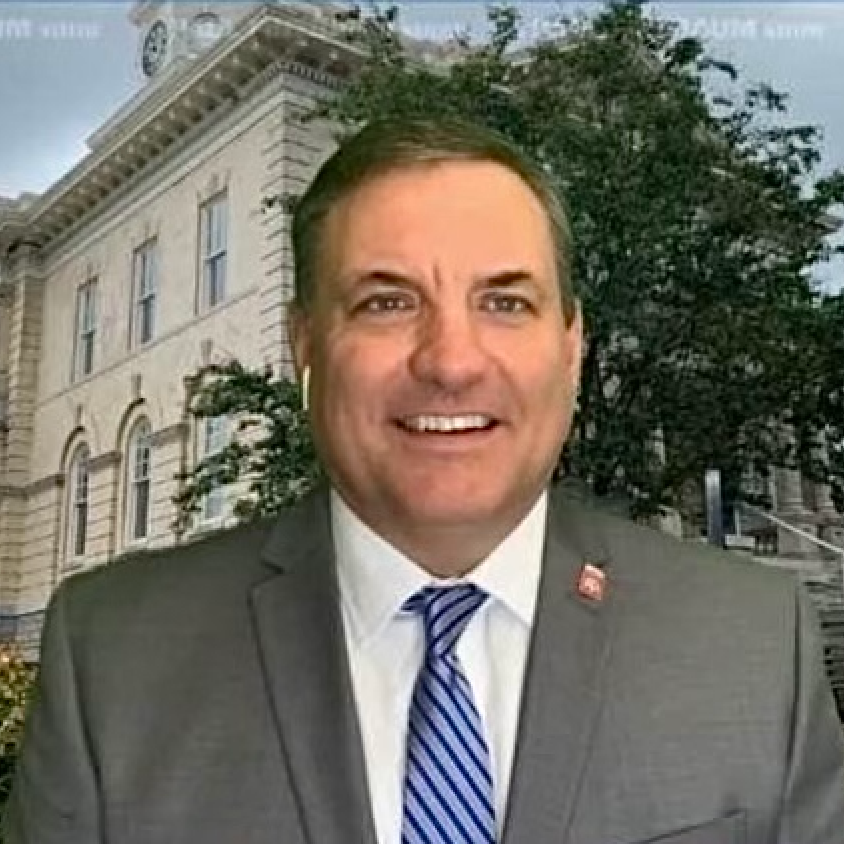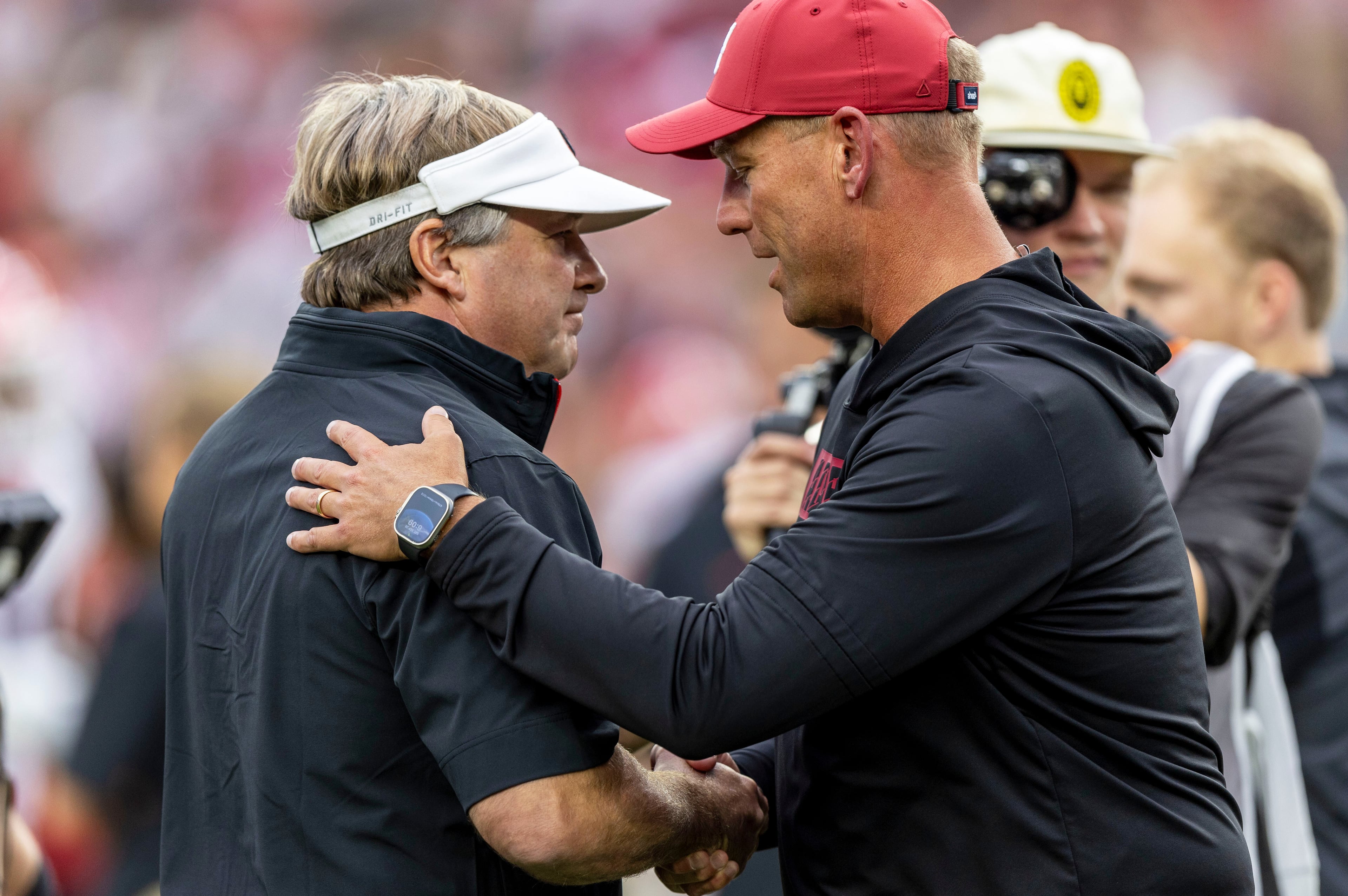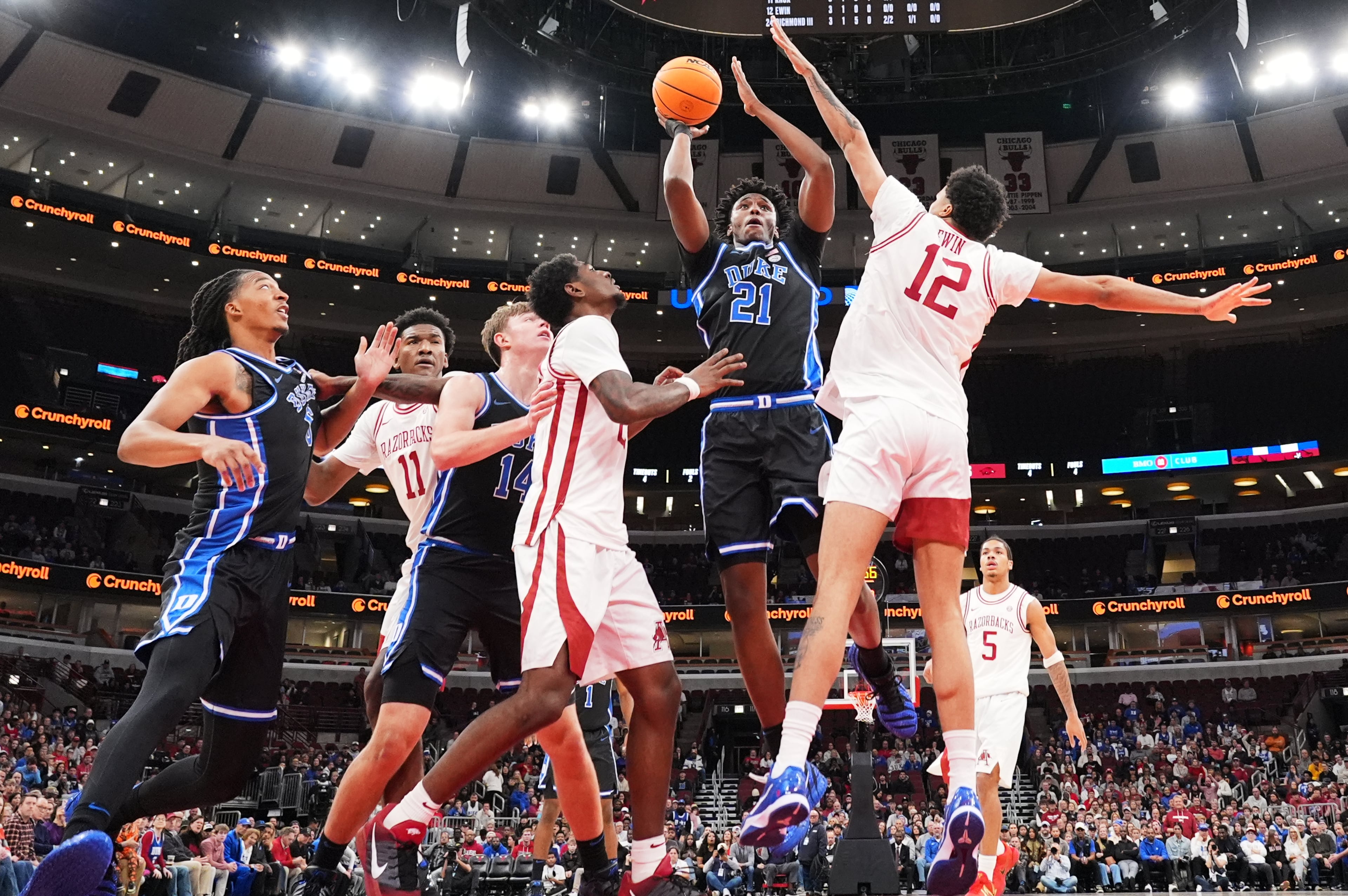What to expect in new collegiate athletics world of revenue sharing

ATHENS — Collegiate sports officially entered into a new world when the clock struck midnight Tuesday.
The July 1 date has been circled on the calendars of university leaders and administrators around the nation, all aware of the new rules and stipulations that came out of the recent House v. NCAA settlement.
Cap in place
College football coaches and recruits were keenly aware of the date as well, the days of Wild West-style dealmaking giving way to negotiations involving direct payment from the respective schools being applied to the $20.5 million “cap.”
It was no coincidence that the University of Georgia unveiled its new NIL partnership with rights holder Learfield on Monday — an assurance that the school has positioned its athletes to maximize their personal brands for third-party deals that won’t apply to the cap allotment.
Outside of the recent recruiting pushes for commitments — and whatever tentative agreements were put into place — the new ruling landscape wouldn’t figure to be too noticeable within the athletic programs.
Roster restrictions
Most all athletic programs have been proactive in ensuring their athletic program rosters will fall within the prescribed limits.
Some programs, such as Georgia’s football program, will take advantage of a clause that allows current athletes to finish out eligibility at the respective schools’ discretion.
Title IX, antitrust lawsuits
The newly formed College Sports Commission (CSC), headed by hand-picked CEO Bryan Seeley, braced for the lawsuits that will inevitably pop up to challenge the provisions with the hiring of John Bramlette on Monday. Bramlette, previously chief of staff and senior vice president of internal operations for MLB’s Washington Nationals, will serve as CSC’s head of operations and deputy general counsel.
Bramlette holds a degree from George Washington University Law School, which served him well in his MLB role advising Washington Nationals leadership on complex legal matters, including contract negotiations, compliance and litigation management.
The CSC is expected to provide leadership and counsel for schools, with a wave of Title IX and antitrust lawsuits expected to pop up in relation to the revenue sharing plans in place.
Adjusted budgets
College athletic departments have been modified and reshaped with roster restrictions and the $20.5 million cap in place, with some schools in better shape than others.
Additionally, a sports law and higher education expert said FBS schools are allocating millions of dollars in anticipation of the lawsuits
“They are trying to balance antitrust concerns with Title IX concerns, knowing that even if they are working toward equity, that it is not going to get there right away,” Todd Shumaker, who previously served on the NCAA’s enforcement staff, told Sportico last month.
“Like a lot of stuff in college sports, it is not if you are going to get sued but when you are going to get sued.”
Added scholarships
While roster size will be restricted, there will be no scholarship limits, opening the door for programs like Georgia to add scholarships.
UGA athletic director Josh Brooks said his Bulldogs’ programs will see more than 100 additional scholarships spread among the school’s 21 scholarship sports.
The added scholarships figure to make Georgia’s non-revenue programs even more competitive.
Other power conferences, notably the ACC and Big 12, have smaller media-rights packages than the SEC and Big Ten and thus less of a general revenue base in their respective athletic budgets.
Future models considered
The power conference commissioners expressed confidence in the new sports model in a Zoom call last month, but each acknowledged more changes are ahead.
“We know this transition will not be without challenges, and growing pains can be expected,” SEC commissioner Greg Sankey said on the June 9 call.
“Any time you go through change at this level — historic and monumental level — you can expect both challenges, growing pains, along with the opportunities that have now been introduced.”
Tennessee athletic director Danny White has been pitching a collective-bargaining model that would refer to players as employee-athletes.
White’s collective-bargaining vision, per a Yahoo article, would involve the creation of an employment organization that would partner with a players association to create a “modernized and improved ecosystem” for football and men’s basketball players.
Clearly, there would be challenges; as one sports administrator put it, “solutions are never simple.”
Indeed, and as this new collegiate sports model unfolds, there are sure to be tests that lead to iterations not yet conceived.
“I often say it’s progress over perfection,” Big 12 commissioner Brett Yormark said. “As (Sankey) stated in his earlier comments, there will be challenges we’ll deal with, but over time, we’ll meet those challenges and we’ll address them appropriately.”



